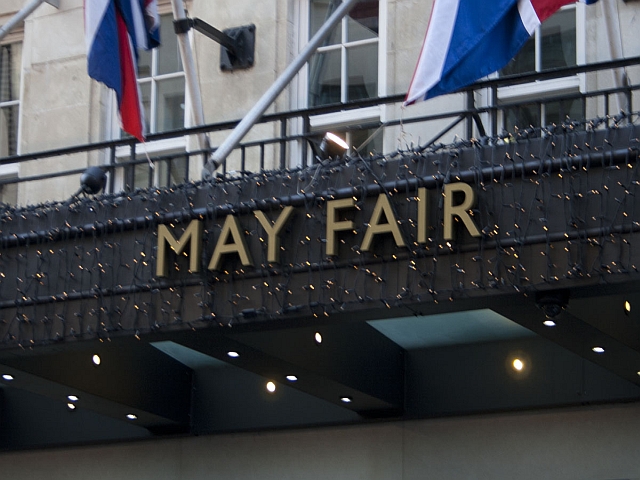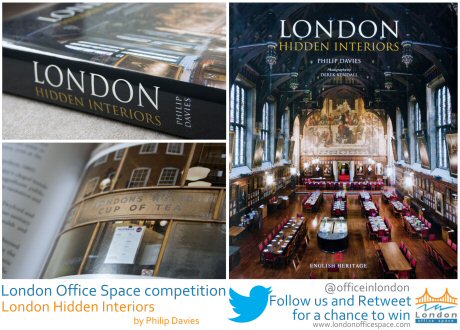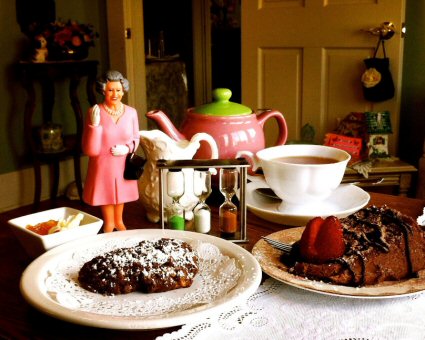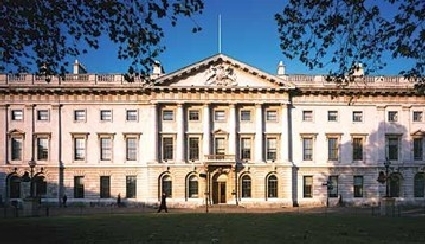To the south west of London, approximately 7 miles from the city centre, is the affluent suburb of Wimbledon, famous for its common- a large recreational park, and the English tennis championships which are held at Wimbledon Lawn Tennis Club every June. Attractive to residents as well as businesses, companies and organisations for its green spaces, community feel and close proximity and ease of access to central London, Wimbledon is a popular location for offices and work spaces.
The area closest to the common is known as Wimbledon Village and is built on the site of the original medieval settlement; the High Street at the centre comprises local shops and delicatessens, small designer boutiques and gastro pubs. Wimbledon Town is more modern and developed, built around the Broadway and the station which has been part of the rail network since 1838. A highlight of the town is the Centre Court Shopping Complex which was built to incorporate the original Town Hall based on designs by architect Sir George Grenfell Baines.
Wimbledon Village Business Centre, formerly known as Thornton House, is a large residential property, renovated to create spacious office units boasting their own grounds and maintaining some original character features which create a peaceful and conducive working environment. The centre offers a range of suites available in different sizes depending on requirements. Amenities include the use of a large free car park. What’s more, the exclusive shops, bars and restaurants of desirable Wimbledon Village are within just a few minutes walking distance. Set on Thornton Hill, the building offers scenic view of Wimbledon College, the village, Wimbledon town and beyond to Central London. Continue reading “Focus On: Wimbledon Village Business Centre”







